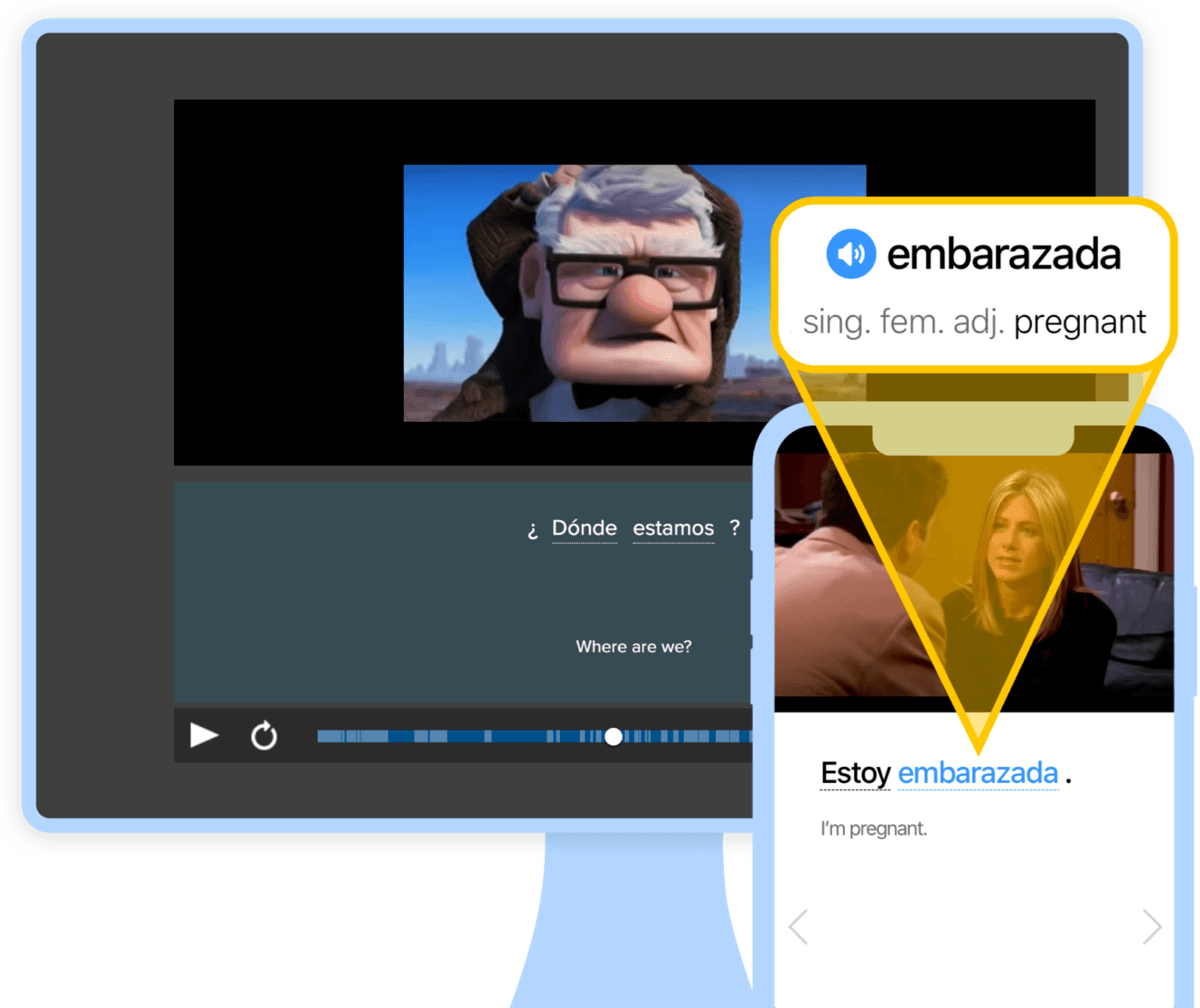
8 Key Elements of ESL Classroom Management
As an ESL educator, a large part of your “teaching” time will be spent not developing lesson plans or introducing new material, but doing something else entirely.
This time will be spent simply figuring out how to manage your classroom in a way that works for you and your students.
Without having clear routines and procedures established, it’s impossible to give your students the maximum learning opportunities that scheduled time affords.
In this article, we’ll examine crucial elements that we, as educators, need to consider when deciding on our own approaches to classroom management.
Contents
- 1. Planning and preparation
- 2. Transparent expectations
- 3. A teaching persona (“Fake it till you make it”)
- 4. Smooth transitions
- 5. Appropriate sequencing of activities
- 6. A wider support network
- 7. Employment of your students’ mother tongue
- 8. Damage control readiness
Download: This blog post is available as a convenient and portable PDF that you can take anywhere. Click here to get a copy. (Download)
1. Planning and preparation
Thorough preparation is essential to maximizing the learning opportunities afforded your students. Tight planning allows for effective transitions between activities, and transitions can often be the time when class discipline is at its most vulnerable.
The first step in taking charge is ensuring you have adequately planned and prepared. Ensure you have clear learning objectives and sufficient relevant activities. Got enough photocopies? Double-checked your USB memory stick? Flashcards on hand? Ample pencils or pens? Know where your visual aids and props are? Extra activities ready to go in case you have time left?
One convenient way to ensure you always have enough appropriate material to keep things moving is by using FluentU.
Once again, the importance of being fully prepared cannot be overstated. Fumbling and confusion on the part of the teacher opens windows of opportunity for student misbehavior. Don’t let this happen. Keep them busy and keep them engaged.
2. Transparent expectations
Communicating clear expectations to your students is crucial in maintaining an atmosphere conducive to learning. Make sure that your students are aware of what is expected from them at each stage of the lesson.
This can take the form of sharing the lesson objective with them from the start, modeling the activity with volunteers in front of the class before they undertake it themselves or by scaffolding examples of what you would like the students to produce.
It is also important to remember to keep instructions brief and sequential. You can differentiate the language and/or the detail here depending on your students’ abilities. When the task is complex and requires extensive instructions, consider whether or not you can break those instructions into chunks and deliver them stage-by-stage.
3. A teaching persona (“Fake it till you make it”)
For new teachers, especially those who may not be much older than their students, developing a teaching persona is extremely important. Now, if you are one of those lucky people who are at home in their own skin in any environment, you may slip effortlessly into any classroom as comfortably as you would an old pair of pajamas. But for many of us, the classroom is a trial.
As mentioned at the outset, the teacher is the authority in the room and so is responsible for the creation of an environment conducive to learning.
You owe it to your students to take charge. If it doesn’t come naturally to you then you need to create a teaching persona. Now we know persona can mean “mask,” but I don’t believe this is a dishonest act.
It’s about finding a register, establishing a professional relationship with your students that ultimately creates an environment for them in which they can optimize their learning. After all, isn’t that what teaching is all about?
4. Smooth transitions
Clumsy transitions can lead students to become distracted and open up possibilities for misbehavior. This can be especially problematic in an ESL classroom, where communication may already be difficult.
Visual prompts can be a great aid here, especially with younger learners. Having photographs of what you require the students to do can make for easy communication. For example, pinning photographs above the board of the class lined up, tidying up or in pairs and groups can help you organize your students by merely pointing to the appropriate picture.
Use simple, consistent instructions. When you want your students to sit in groups, for example, use the same simple language every time. There are numerous ways to tell your class to get into groups. But you should pick one and stick to it, at least to begin with. You can begin to vary your instructions as the students gain understanding in the target language.
Establishing these routines early on will ensure the students are clear on what you expect from them. You can even make a game of it. One useful trick I frequently use during transitions is to display a countdown clock on the computer, set for 30 seconds or whatever length of time is appropriate.
I stop the clock when the students have completed the transition. I record the number of seconds the class has “saved.” I add up the “saved” time over the week, and then on Friday this time is used to play fun language games I know the class enjoys.
5. Appropriate sequencing of activities
It is worthwhile giving some thought to the sequencing of activities. Think about the time of day your lessons are taking place. Are the students “up” after a PE class?
Do you need to start the class off with a more sedate activity to get things under control? On the other hand, a Friday afternoon may not be the most rewarding time to undertake a hardcore grammar lesson.
Consider sequencing within the structure of your own lessons, too. For example, it may not be the wisest choice to schedule high-paced games prior to instructing the class to undertake a piece of extended writing.
Reflect on the success or otherwise of your previous lessons with this in mind. Use what you learn about your students over time to effectively schedule your various activities.
6. A wider support network
Every school will have its own school culture. It is important to bear this in mind when we consider our approach to classroom management.
Check to see whether your school has a whole-school behavior policy. Not only will this ensure you don’t overstep the mark, it will point you in the direction of support within the school. It’s also important to get a feel for the local teaching culture when teaching abroad. It is sometimes the case that difficulties are best resolved by a local teacher.
When possible, cultivate good working relationships with your colleagues. They can often offer invaluable advice and support. Parents can be helpful, too. It is important to approach all discipline issues with the aim of maximizing learning for each student. Playing the “blame game” can have a detrimental outcome for all concerned, particularly if we ignore certain cultural mores.
For example, ignoring the concept of “face” by loudly chastising a student in front of his peers may make you an enemy for life in several Asian countries rather than correcting unwanted behavior! On the other hand, dealing with behavior in a manner sensitive to the concept of “face,” e.g., by speaking to the student quietly after class, may be appreciated and encourage positive behavior in the future.
7. Employment of your students’ mother tongue
I know, I know! The dominant mantra of English language teaching for many years now has been to avoid this very thing. However, I would argue that, used judiciously, a student’s mother tongue can be a very effective classroom management tool.
If you don’t speak the mother tongue of your students, learning a few key phrases can help you manage your classroom. This may well give you insight into some of the difficulties your students face in acquiring English, too.
You can also acknowledge your students’ native language(s) with multilingual and bilingual decorations and other content for your classroom. Language Lizard has posters and other classroom materials that come in a variety of language combinations.
8. Damage control readiness
Ignoring low-level disruptive behavior disturbances in the classroom may at times be necessary. It may seem counter-intuitive, but sometimes teaching, like politics, becomes “the art of the possible.”
While it is not ideal for a student to be off-task, it can be the lesser of two evils. There are occasions when a particular student becomes something of a black hole for our attention. This can be unfair to other students who are eager to learn.
It is incumbent upon the teacher to make decisions about which behaviors to deal with and which to ignore. If a student is stubbornly refusing to engage with the lesson, and you have exhausted all other avenues, it may serve the rest of your class better to continue on regardless.
Of course, we don’t give up on a student, but we cannot always find a “quick-fix” solution in the middle of a lesson. Instead, we may have to build rapport with problem students over time.
Often students who appear disinterested, or even hostile, can be encouraged back into participation by the building of rapport. Take a little time out of your day to do this.
Remember, classroom management is more of an art than a science.
There are no easy answers.
It takes time to develop your bag of tricks.
And not all tricks will work with all classes.
Always reflect on what is working and adapt your approach accordingly.
Good luck!
Download: This blog post is available as a convenient and portable PDF that you can take anywhere. Click here to get a copy. (Download)


